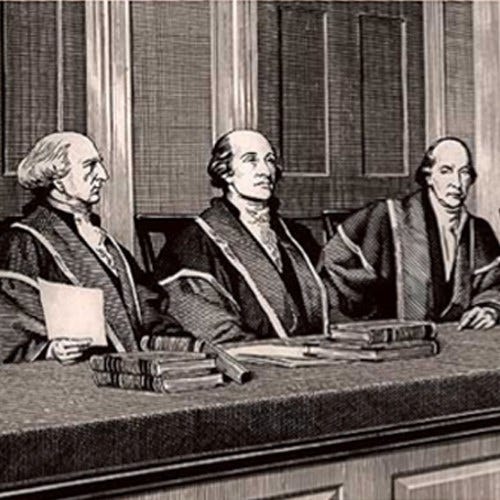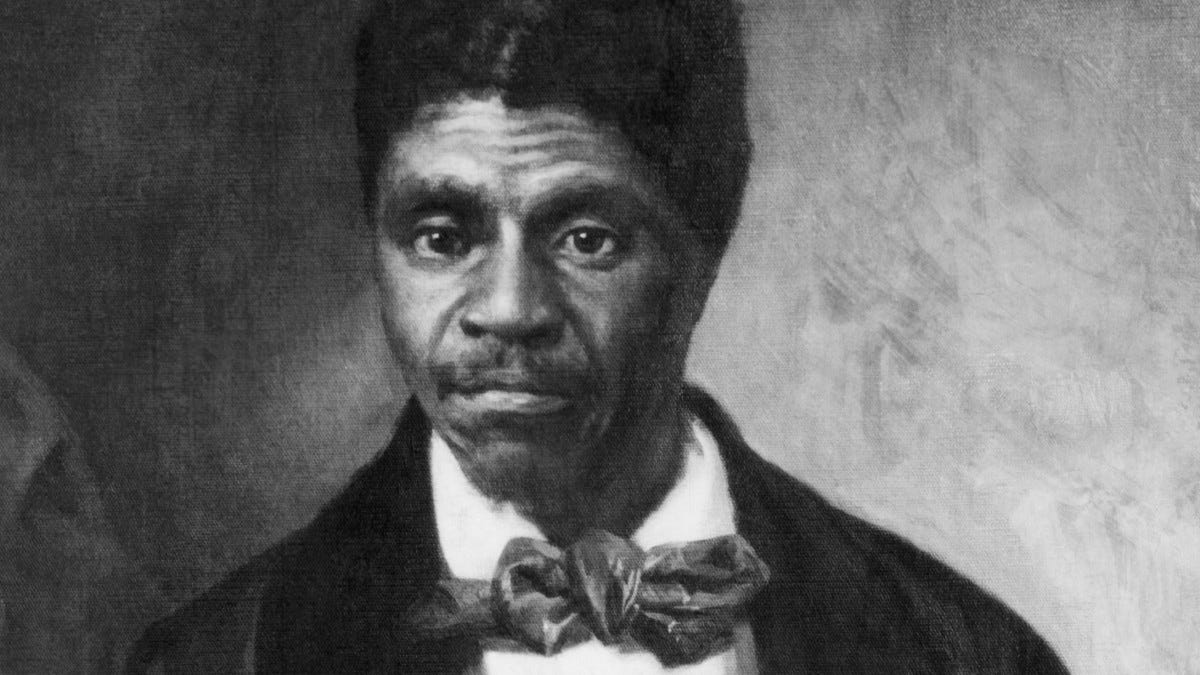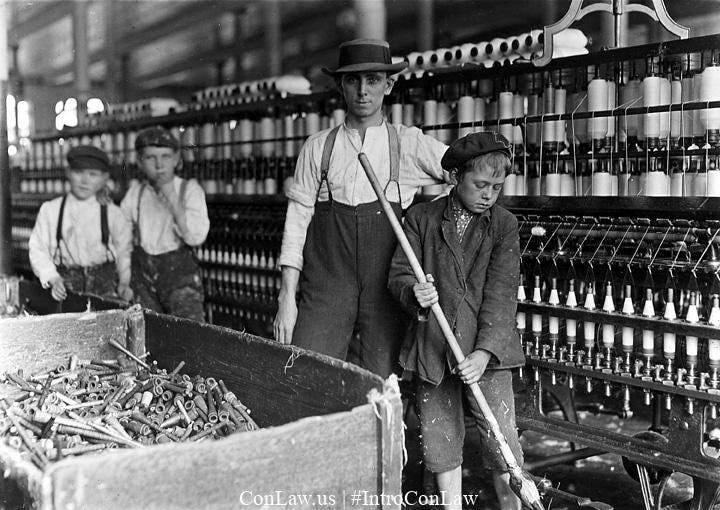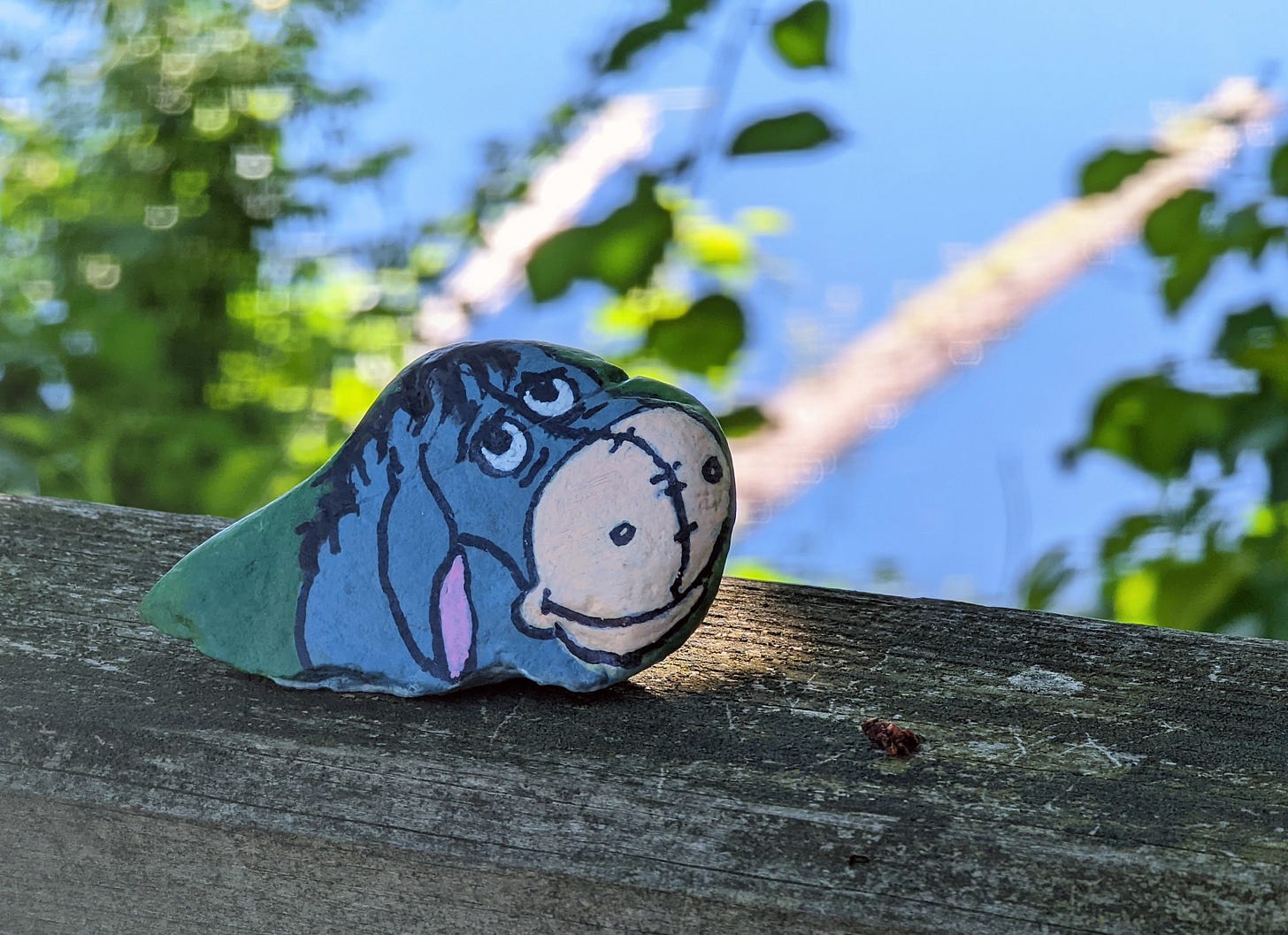The United States Supreme Court first assembled in 1790. They met in the Merchants Exchange Building in New York City which was the U.S. capital at the time.
Today some are wondering what kind of Supreme Court we now have and questioning their rulings over the past few weeks. Although this highest of courts has made excellent rulings in its long history, it has also made some strange and terrible ones. Here is a short sample of that kind:
1857 Dred Scott v. Sandford - the court ruled that the U.S. Constitution did not include blacks, free or enslaved, as U.S. citizens, and blacks therefore had no rights which the court was obliged to protect.
1896 Plessy v. Ferguson - the court ruled that segregation of blacks from public facilities, transportation, etc. used by whites was lawful and not against the Constitution.
1905 Lochner v. New York - the court struck down a state law which prescribed maximum work hours for bakers to protect them. The court called the protective law “mere meddlesome interference.”
1908 Muller v. Oregon - the court upheld a state law in Oregon which limited the working hours of women because, in their opinion, women were weak and dependent and needed to be protected so that they could produce vigorous offspring for the preservation of the strength and vigor of the race.
1918 Hammer v. Dagenhart - the court struck down a federal law attempting some minimal control over child labor calling the law an unconstitutional violation of federal power over interstate commerce. (Child labor was pervasive at the time and caused physical harm to many children.)
OK, that should be enough! This list reminds us that the court sometimes makes bad rulings, but history reminds us that these rulings are never written in stone. People organize and act and change things for the better. History gives us a needed perspective.
Dred Scott was undone with the help of organized abolitionists and Plessy by the civil rights movement workers. Laborers and reform-minded citizens organized, and we ended child labor, unsafe conditions for all workers, and unfair pay. Women organized and ended the inequality for women in the workplace and public sphere. All these changes despite Supreme Court rulings!
This is not a time for despair, but for organization and activism and advocacy for people being harmed even if you are not personally affected in this moment. White men and women were abolitionists and civil rights workers. Men joined the women’s rights movement. And so on and so on. Brave people throughout history have stood up for the well-being of others at personal cost when they could have stayed safe and silent.
Honestly, doesn’t it feel sometimes like we’re “in a drifting boat with a slow leakage?”* Maybe so, but we’re still alive! We can still do something.
On the rail trail one morning this week an elderly woman offered me a painted rock. She and her husband paint rocks and hide them on trails for people to find. The rock she gave me had the face of Eeyore from Winnie the Pooh. But he was not moping! He was smiling, not a great toothy grin, but simply a hopeful smile. Yes, I’m still alive, and I can still do something.
*From T.S. Eliot, “The Dry Salvages” (written and published in 1941 during World War 2 and the air-raids of the Blitz against Great Britain)










Needed this, Peggy. Thank you.
Thank you for this encouraging word!! It really “hit the spot” this morning. Gratefully!